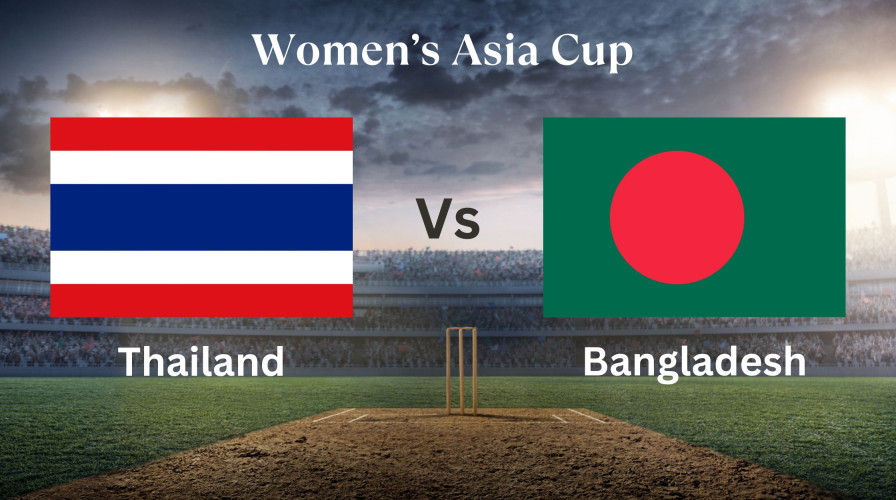The landscape of dating has undergone a seismic shift with the rise of digital technology. In a world where smartphones and social media dominate our lives, finding love and connection has evolved into a digital experience. This article explores the key trends and transformations in dating during the digital age, highlighting how technology has reshaped relationships, both positively and negatively.
The Rise of Online Dating Apps
Online dating has become a cornerstone of modern romance, with apps like Tinder, Bumble, and Hinge revolutionizing the way people meet and connect. These platforms offer a vast pool of potential partners, making it easier than ever to find someone who matches your preferences. The convenience and accessibility of online dating have led to its widespread adoption, especially among younger generations.
1. Swipe Culture
The "swipe" feature, popularized by apps like Tinder, has transformed the way people approach dating. The ability to quickly accept or reject potential matches based on first impressions has created a fast-paced, game-like experience. While this has made dating more efficient, it has also raised concerns about superficiality and the objectification of potential partners.

2. Algorithm-Driven Matches
Dating apps increasingly rely on algorithms to match users based on shared interests, values, and behavior patterns. These algorithms aim to improve compatibility and success rates by analyzing vast amounts of data. However, some argue that this reliance on algorithms may oversimplify the complexities of human connection.

The Impact of Social Media on Relationships
Social media platforms like Instagram, Facebook, and Snapchat have become integral to the dating experience. They offer new ways to communicate, express affection, and even validate relationships. However, the constant connectivity and visibility also introduce new challenges.
1. The Role of Social Media in Modern Dating
Social media allows couples to share their relationship milestones with friends and followers, creating a sense of validation and public acknowledgment. However, it can also lead to pressure to present a "perfect" relationship online, which may not reflect reality.
2. Challenges of Social Media in Relationships
The pervasive nature of social media can lead to issues like jealousy, insecurity, and communication breakdowns. The ease of accessing past relationships or engaging in online flirtations can create tension and mistrust in current partnerships.
The Emergence of Virtual Dating
The COVID-19 pandemic accelerated the adoption of virtual dating, with video calls and online interactions becoming the norm. Even as the world returns to normalcy, virtual dating remains a popular option for many.
1. Video Dating: A New Norm
Video calls have become a standard feature of digital dating, offering a safe and convenient way to connect with potential partners. Platforms like Zoom, Skype, and FaceTime allow users to have "face-to-face" interactions without the need for physical proximity.

2. Virtual Dates and Experiences
Beyond simple video chats, virtual dates have expanded to include shared experiences like online gaming, virtual museum tours, and synchronized movie nights. These creative date ideas help maintain a sense of connection, even when physical meetings are not possible.

The Shift Toward Authenticity
In response to the often superficial nature of digital dating, there is a growing movement toward authenticity and meaningful connections. Users are increasingly seeking relationships that go beyond casual encounters, emphasizing deeper emotional bonds.
1. Profiles That Reflect True Selves
Many dating app users are now prioritizing authenticity in their profiles, sharing honest descriptions of themselves, their interests, and their values. This shift is driven by a desire for genuine connections, rather than fleeting interactions.
2. Mindful Dating
Mindful dating encourages individuals to approach dating with intention and awareness, focusing on building relationships that align with their values and long-term goals. This trend promotes a healthier, more fulfilling approach to dating in the digital age.
The Challenges of Digital Dating
While digital dating offers numerous benefits, it also presents unique challenges. The abundance of choices, the potential for misrepresentation, and the impact on mental health are all concerns that users must navigate.
1. Choice Overload
The vast number of potential matches on dating apps can lead to choice overload, where users feel overwhelmed by the options available. This can result in decision paralysis or a tendency to continually search for "something better," making it difficult to commit to a relationship.
2. The Risk of Misrepresentation
The digital nature of online dating allows for the possibility of misrepresentation, whether through filtered photos, exaggerated profiles, or even catfishing. This can lead to disappointment or distrust when expectations do not align with reality.
3. Mental Health Implications
The fast-paced, often superficial nature of digital dating can take a toll on mental health. Issues like anxiety, loneliness, and a sense of inadequacy may arise from repeated rejections or the pressure to present a perfect image online.

Dating in the digital age is a complex and ever-evolving experience. While technology has made it easier to connect with others, it has also introduced new challenges and considerations. By understanding the trends and transformations in digital dating, individuals can navigate this landscape with greater awareness and intention, ultimately leading to more meaningful and fulfilling relationships.









